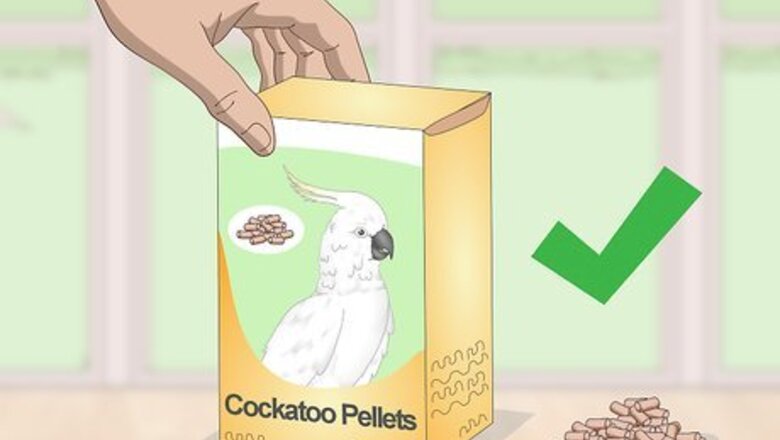
views
Providing Pellets and Dried Foods
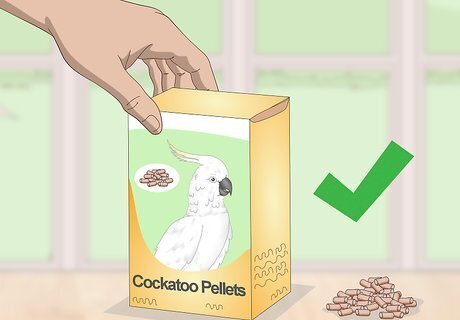
Purchase pellets formulated for cockatoos. Pellets are made from ground nuts and seeds and are formulated to meet your cockatoo’s dietary needs. While your bird will not want to eat only pellets, it’s important that most of its diet be made up of pellets. Birds can easily suffer from malnutrition if they don’t eat a balanced diet. Pellets should make up about 60% of the bird’s diet. Avoid feeding your bird seed mixes. They are likely to pick out their favorite ones and end up eating a high-fat, low-calcium diet as a result.
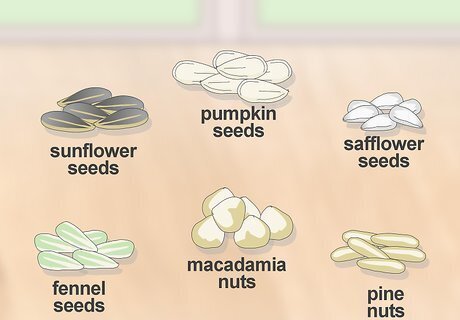
Include nuts and seeds. Pellets are better than seed mixes. However, if your bird adores seed mixes, then only give your bird a limited amount per day. Also, keep in mind that nuts are high in fat, so limit the amount of nuts you give your bird each day. For example, you could give your bird a nut or two as a treat. Your bird may prefer certain nuts, so watch for selective eating if you use a mix. The following seeds and nuts are great for cockatoos: Sunflower seeds Pumpkin seeds Safflower seeds Fennel Seeds Macadamia nuts Pine nuts Walnuts Pistachios Cashews Brazil nuts Pecans Almonds
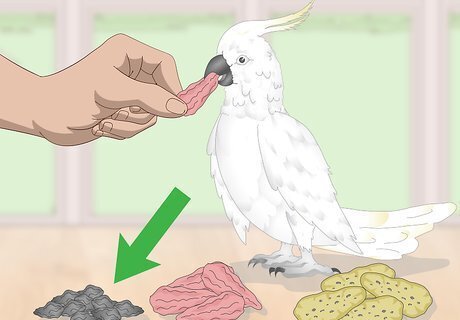
Add dried fruits and vegetables. While fresh fruits and vegetables will be a big part of your bird’s diet, dried fruits and vegetables can be great treats. They are also easier to feed your bird and create less of a mess. Dried fruits are best used as a treat. Provide just a few pieces per day.
Preparing Fresh Foods
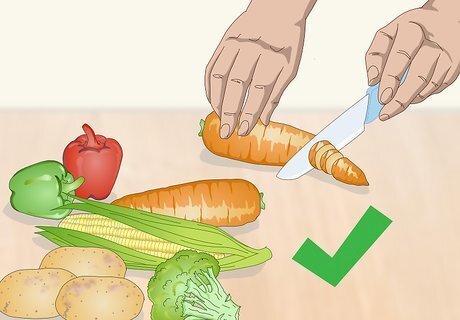
Cut up fresh vegetables. Fresh vegetables help keep your bird happy and healthy. Vegetables need to be fresh because canned foods can harm your bird. Try giving your bird the following vegetables: Fresh corn Carrots Green beans Zucchini Spinach Broccoli Sweet potatoes Bell pepper Legumes
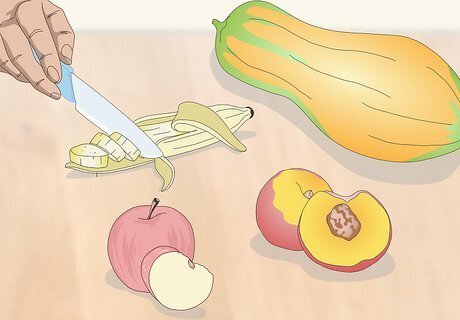
Cut up fresh fruit. Your bird will enjoy the taste of fresh fruits and should even choose favorites. You don’t have to peel the fruits, but it’s best to cut them up. Expect your bird to make a mess with its fruit. Your bird should enjoy the following fruits: Papaya Mango Apricots Pineapple Apple Banana Peach Pear
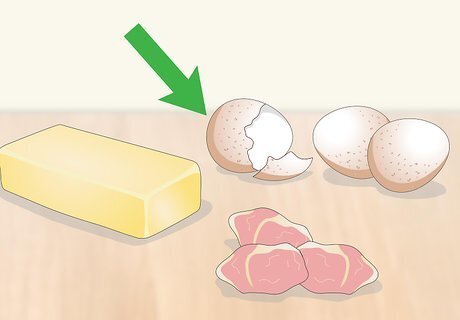
Provide occasional proteins. Your bird will benefit from occasional proteins, such as cheese, cottage cheese, a bit of hard-boiled egg, legumes, small pieces of meat, or dog food. Limit these to once or twice a week. You can also feed your bird meal worms or insects. If you use dog food, you can use any dog food that your bird finds appetizing.
Giving the Food to Your Bird
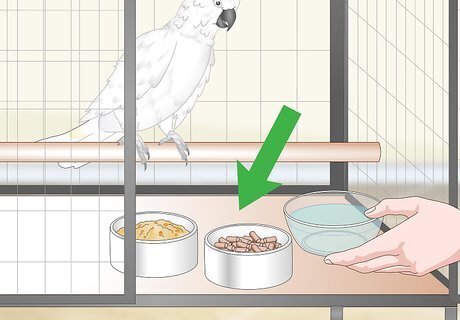
Provide two food bowls and a water dish. One food dish will be for dry food, while the other will be for fresh foods. Don’t worry about placing the food near a perch or somewhere easy for the bird to reach. In the wild, the birds work for their food, so making your pet bird work a bit to eat is good for them. Change the water daily.
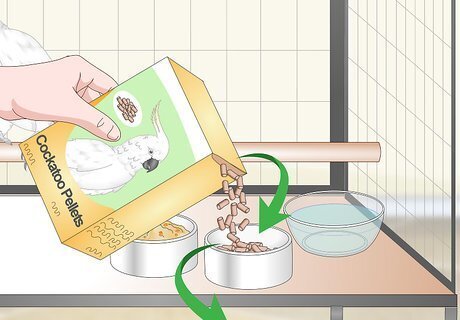
Change out pellets once a day. Provide your bird with fresh pellets daily. If any old food remains, empty it out and replace it with new food. If your bird has a lot of pellets left over, consider trying a new brand or reducing the amount of fresh food that you offer. Selective eating can cause your bird to miss out on needed nutrients, which could lead to malnutrition.
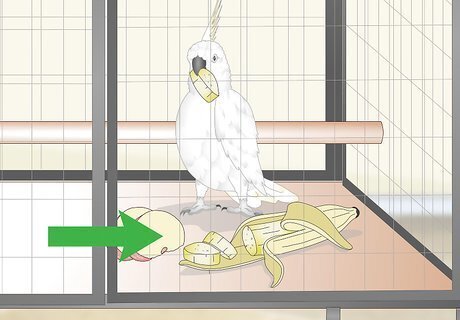
Feed your bird a fruit medley every day. Your bird will love eating fresh fruit every day. You don’t have to peel the fruit, but it helps to cut it up. Provide a fruit medley, but make sure that you provide just one serving.
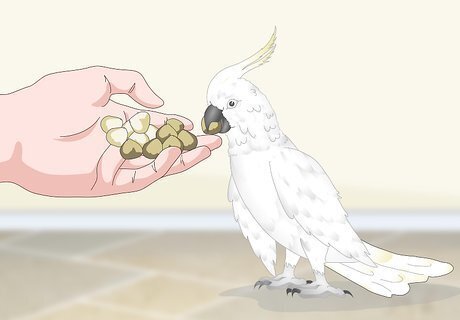
Feed your bird fresh vegetables daily. Fill your bird’s fresh foods bowl with fresh vegetables every day. Fruits and vegetables should make up about 25% of your bird’s daily diet. You can provide a single vegetable or a medley. Depending on your bird’s preferences, the vegetable medley can include legumes.
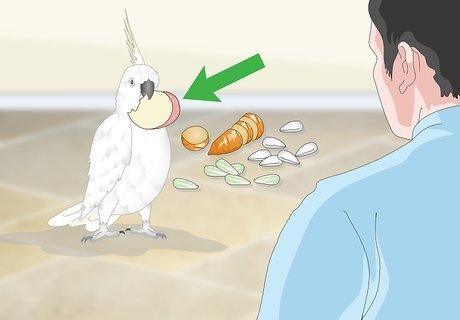
Learn your bird’s favorite foods. Your bird will likely have favorite fruits and vegetables, so notice which foods the bird prefers. You can give your bird more of its favorites to keep it happy. Alternatively, you can prevent selective feeding by leaving out its favorite snack when you want it to eat something else. Knowing which fruits and veggies your bird prefers can help you decide which foods might work as a treat during training.

Use puzzle boxes so that your bird works for food. In the wild, birds work for their food. Birds kept in captivity can benefit from toys that make them work for food, such as puzzle boxes. Not only do these toys make feeding more interesting, they can also keep your bird entertained, which is important for intelligent cockatoos. Look for puzzle boxes at your local pet store or online retailer.

Train your bird using treats. If you want to teach your bird a trick, using a treat such as a piece of fruit, a bit of vegetable, or a favorite nut can be a great incentive. As the bird makes progress toward the trick, offer it a treat.

















Comments
0 comment